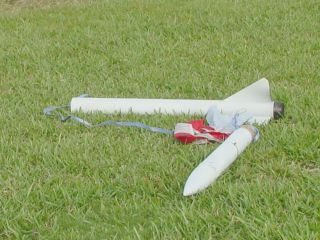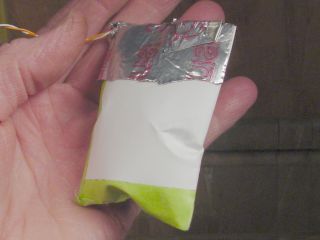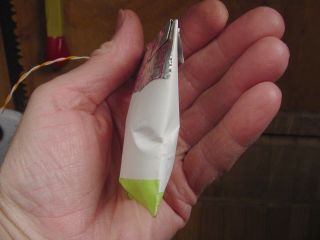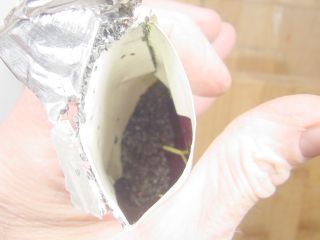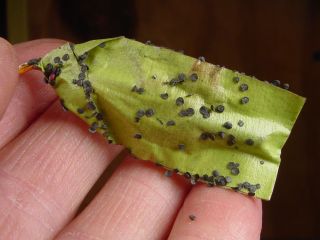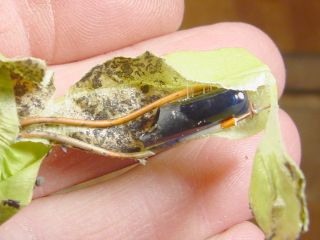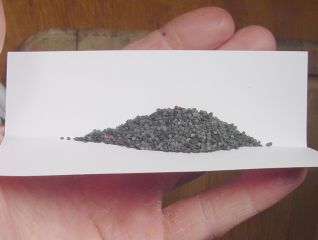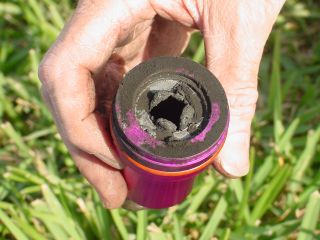January 13, 2007
Sugar Rush goes to Heaven
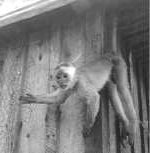
| NEFAR launch January 13, 2007 Sugar Rush goes to Heaven |  |
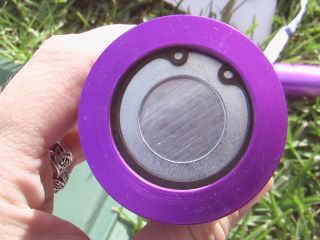
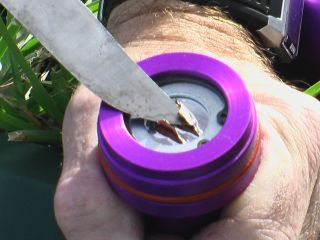
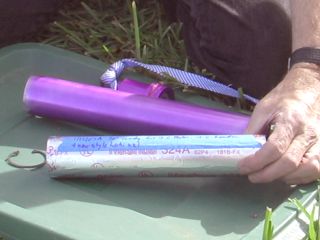
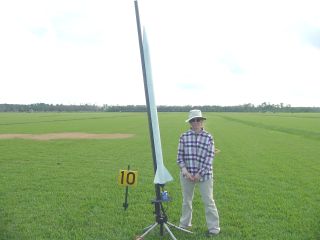

| Ignitor fires -first smoke seen | 0 seconds |
| Liftoff | 1.8 seconds (a rather long ignition delay, probably due to slow-burning propellant) |
| Burnout | 1.8 seconds after liftoff (estimated from video) |
| Apogee | 10 seconds after liftoff? (I'm really not sure - hard for me to judge these things, especially when rocket arcs over in wind.) |
| Drogue ejection | 12 seconds after liftoff |
| Smoke ends | 27 seconds after liftoff |
| Landing | 53 seconds after liftoff. |
